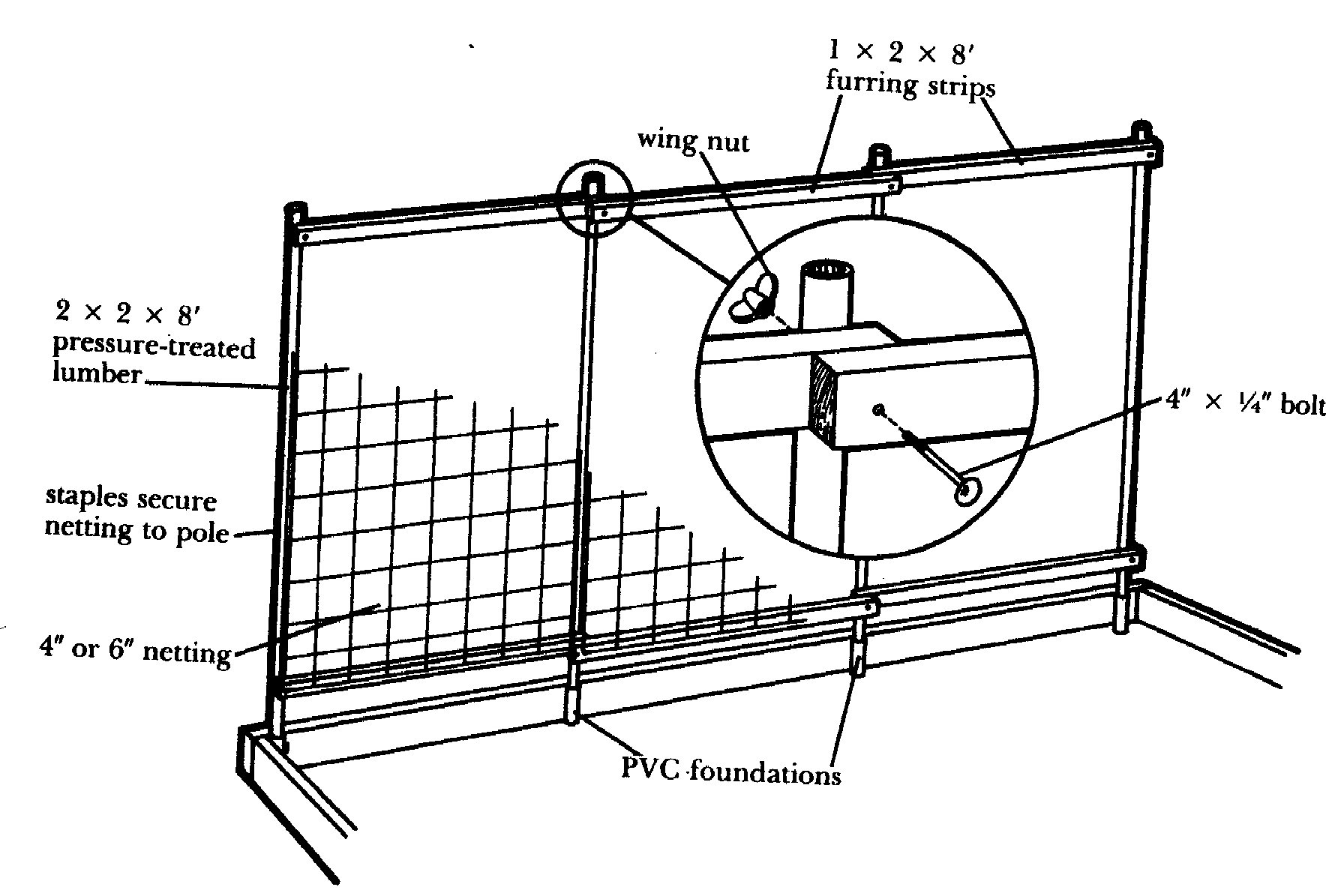Using Vertical Space In The Vegetable Garden
Very few vegetable gardeners make effective use of vertical growing techniques, with the possible exception of the ubiquitous tomato. Vertical gardening is not really a secret, but the barrier is the reality of rigging a trellis, a tepee or some kind of poles that do not fall over when the plants are mature filled with heavy fruite, and the windy day happens.
Why Grow Vertically?
Produce More Food In Same Space -- The most important reason for using vertical space in the vegetable garden is to save horizontal space – space that can be used for growing additional vegetables without having to make the garden any bigger. Most folks don’t realize that bush beans weren’t developed because they taste better but simply because commercial farmers couldn’t find a machine to harvest pole beans. Pole beans taste as good, freeze as well, and produce longer in the season than do bush beans. The disadvantage of growing pole beans is finding an easy way to set up some kind of device on which they can grow. Pole beans will produce twice as much as bush beans in the same space.
Tomatoes, as everyone knows, if left to sprawl will take up to 10 times as much space as those that are trained to grow vertically. The same is true for winter squash, melons, and cucumbers. Growing these crops vertically makes them eligible for even a modest vegetable patch.
Veggies Grown Vertically Are Healthier -- Vegetables that are grown off the ground are cleaner and avoid problems like soil rot and many crawling insects such as slugs and sow bugs. The leaves of vertical plants have more area exposed to the sun, and the improved air circulation around a vertical crop reduces the changes of disease. Vertical crops tend to dry off faster after a rain, and this further reduces disease problems.
What Will Grow Vertical?
you can grow the following vegetables vertically:
Cucumbers
Garden or Snap Peas
Pole Lima, Snap or Roma Beans
Tomatoes
Some Melons
Acorn squash
Butternut squash
If you click on any of the vegetables in the above list, you will go to the section discussing the details for growing that vegetable vertically.
Building Trellis Attachment To Raised Bed Design
This trellis system is fairly simple once you study the drawing. You set four 2x2 by 8 foot poles into the PVC foundations attached to the raised bed. Then you construct the three netting panels that will be attached to the poles at the top and bottom. The netting is available from Amazon.com; just click on the photo to the right.


